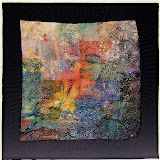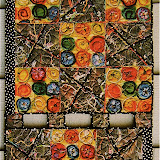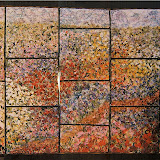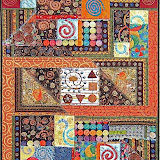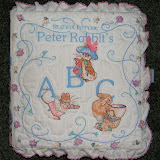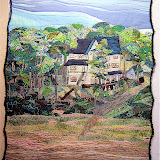The blue sky is reflected in the wetness between fallen leaves. There is usually sunshine and beauty after a storm.
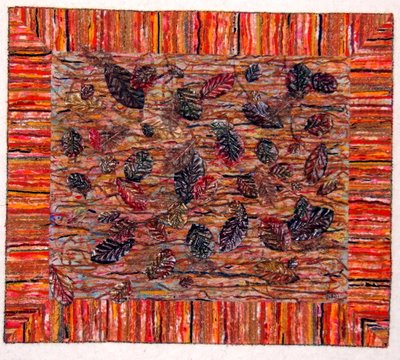
"On A Walk After the Storm"- 28"x24" - 2001
Real leaf skeletons and silk plant leaves are painted and applied with machine stitching that follows their vein lines. The leaves are scattered over a ground of hand-painted fabric that is collaged with the threads and fabrics gathered in the process of making the chenille fabric border.

I use my collage technique that I call "ortwork". It involves arranging bits and pieces of fabric and threads (the British term for these scraps is "orts") over a background that is layered on top of batting and a backing fabric. Tulle netting is laid over the collage to trap the "orts". Machine quilting holds all the layers together. Yarns are couched to the edge with machine zig zag stitches.
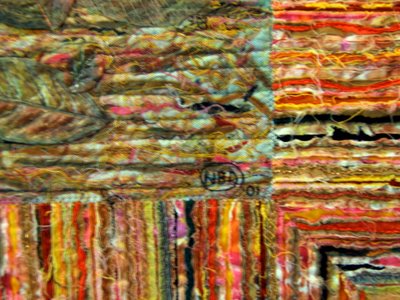
The border is made using a "chenille" technique. Ten layers of fabrics were sewn through at 1/2" intervals. I chose cotton batistes, silks, as well as "quilters" cotton fabrics. Each channel was sliced to a different depth to reveal the raw edges of the sliced layers. Some edges of fabric were trimmed away to better reveal the underlying ones. The cut edges went through multiple times of "roughing up" with a stiff brush and a tumble with tennis balls in the dryer. I ended up with a big pile of orts to use in the center panel.

The borders were created as one large piece and then cut into the four border pieces. Miter cuts were made at each end. All the components have raw edges butted together. Machine zig-zag stitches hold them together. I couched a flat cotton yarn over the join between the center and border pieces on the back side to reinforce the hold as well as to give it a neater finish.
Materials I used are cotton and silk fabrics, metallic & mono-filament threads, yarn, fabric and acrylic paint, leaf skeletons, silk plant leaves, netting, and cotton batting
It received the Innovative Design Award at the 2002 Dogwood Arts Quilt Show & Competition in Knoxville, Tennessee
All photos are clickable for you to view a larger version in a separate window. Click the back arrow icon of your server to get back to this post. The highlighted text is also clickable to take you to the link or posting that is being referenced.
 I couldn't resist playing with the vegetables on a large scale printed fabric for this one. Each of them just fell into place on this shoe. This heel is really spiked. I just couldn't trim away that asparagus tip.
I couldn't resist playing with the vegetables on a large scale printed fabric for this one. Each of them just fell into place on this shoe. This heel is really spiked. I just couldn't trim away that asparagus tip.

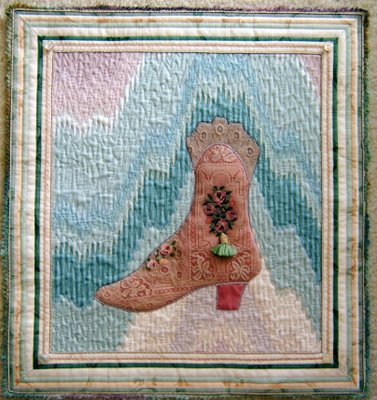
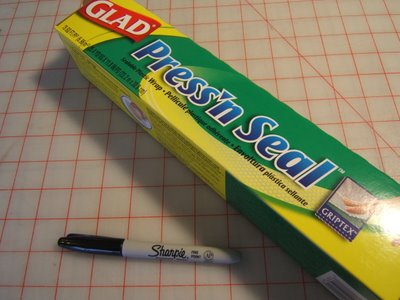
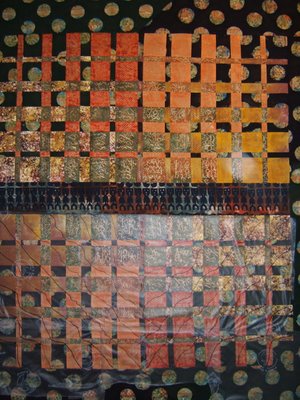
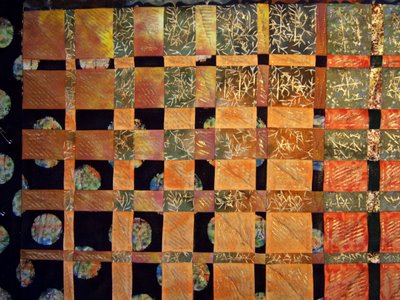

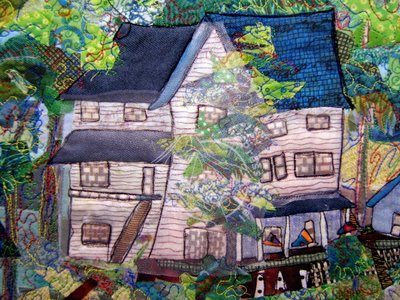



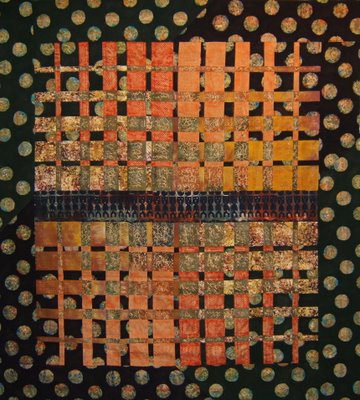

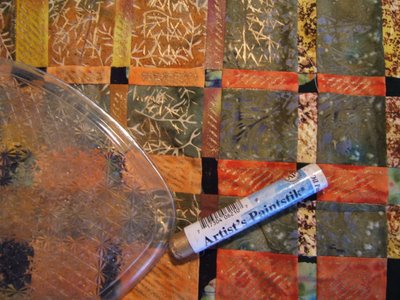





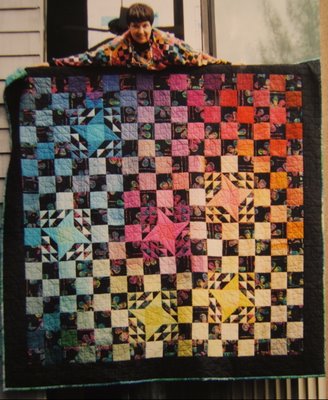
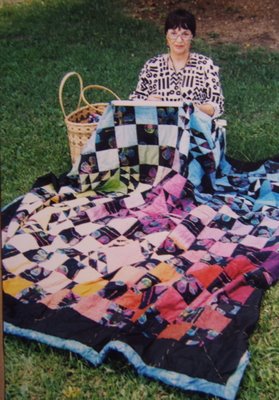
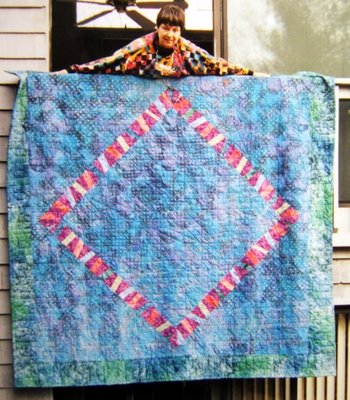




















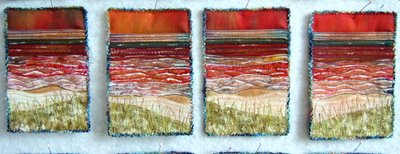





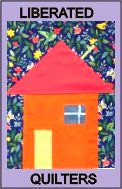 Fabric Bird Sculpture Pattern
Fabric Bird Sculpture Pattern




